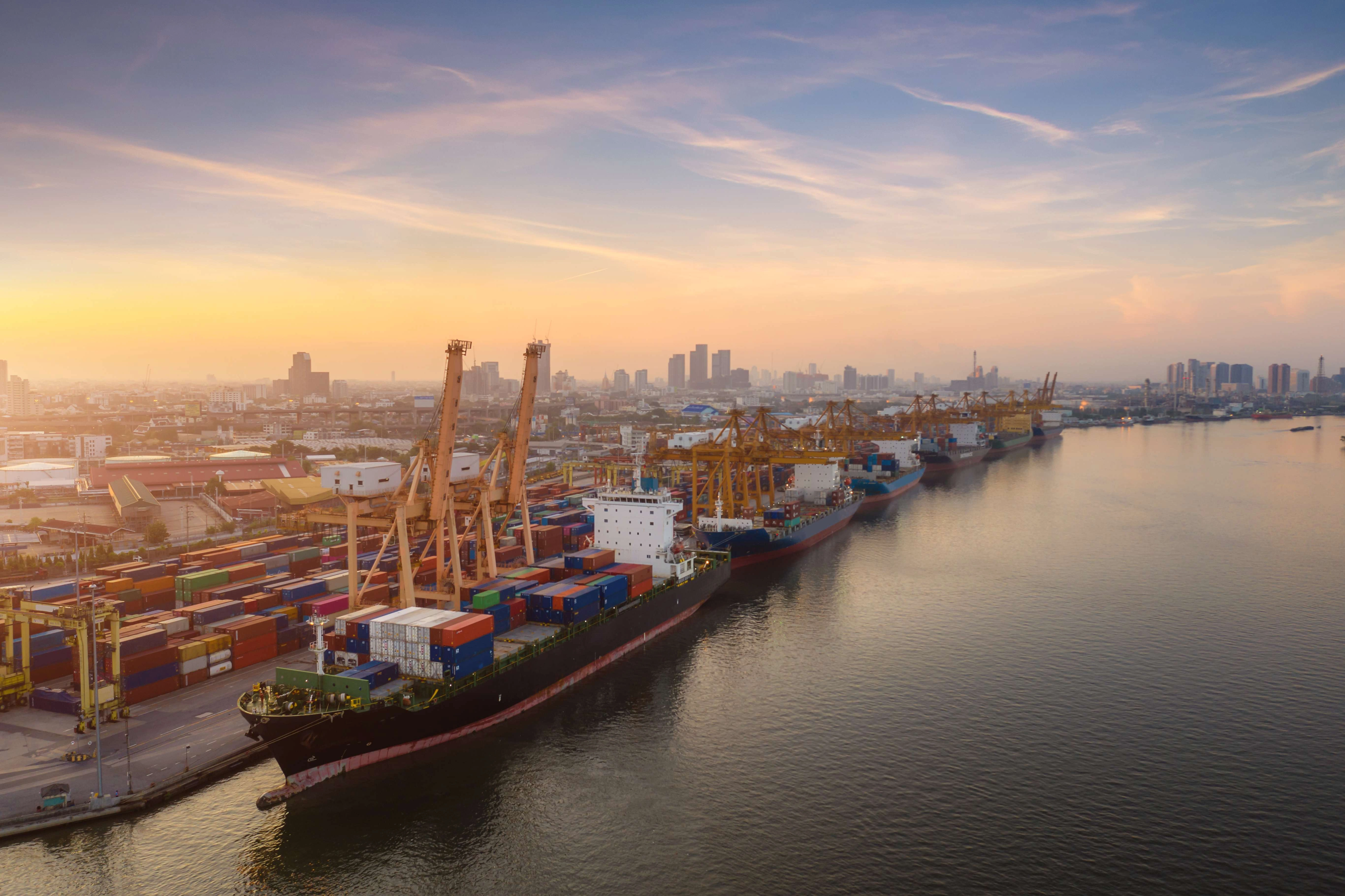In recent years, the commercial shipping industry has had to come to terms with a variety of external pressures, from environmental concerns and Globalisation 4.0 to new technologies and increasing digitalisation, which all have placed additional burdens on the sector’s ability to grow and prosper. In order to realise operational efficiencies, many ship operators are in the process of digitalising their processes, and as the amount of data that is transmitted to and from ships continues to grow, connectivity is increasingly important.
Until now, the high cost, and limited bandwidth, of satellite ship-to-shore connectivity has been a barrier to the widespread adoption of technology. However, the number of vessels with on-board internet access has almost doubled in the last five years, thanks to the introduction of VSAT and High Throughput Satellite, with an estimated 75% of ships now thought to have some degree of internet access.

Nevertheless, we believe that there is significant scope to extend maritime connectivity even further, using 4G/LTE to complement satellite networks. 4G requires a lower hardware investment and can deliver higher speeds, unlimited capacity and less latency for a lower cost, thanks to flexible data bundles and zone based pricing. While there is no 4G reception in the middle of the ocean, a ship spends 60% of time in port or in coastal waters where they would be within reach of a mobile connection.
For our recent Near Shore Connectivity whitepaper, we surveyed more than a hundred ship operators and suppliers, who between them represent 6,000 ships, to better understand the untapped potential for 4G. On average, ship operators spend less than 1% of a vessel’s total operating costs on connectivity, and, of this, only 11% is spent on 4G solutions such as simple dongles and handsets to dedicated systems with Below Deck Equipment.
At the moment, the majority of the 4G solutions used on-board ships have been fitted mainly to reduce overall communication costs, provide a backup to existing satellite solutions or give crew with cheaper alternative for personal communications, rather than to transmit operational data back to shore. Our findings showed that nearly 90% of data generated on board the ship never leaves the deck, which means operators are losing out on valuable insight and analytics that can improve performance and efficiency.
Equally, nearly half (42%) of the data that is sent ashore is not time-sensitive, only needing to be shared once a week or so. This means near-shore 4G networks could be used while in coastal waters or in port – a much more cost-effective way of communicating.
Satellite connectivity is and will remain the primary solution in shipping, as it is the best option for deep-sea operations and emergency communications. However, to date, 4G has been overlooked as a complementary service that can deliver real benefits to both ship operations and crew welfare. As we move towards an autonomous, digital future, vessels will need more and more bandwidth at a reasonable cost – the era of hybrid maritime connectivity is here!
The full whitepaper can be found here, and if you have any questions, please contact us.

























